20 Best Indoor Plants for City Apartments
Living in a city apartment doesn’t mean you have to miss out on the benefits of having indoor plants. With the right plants, you can bring a touch of nature into your space, improve air quality, and even boost your mood. Many plants are well-suited for apartment living, requiring minimal space and maintenance. Whether your apartment gets lots of sunlight or only a little, there’s a plant that will thrive in your home. From low-maintenance options to plants that purify the air, the possibilities are endless.
This post may contain affiliate links, which helps keep this content free. Please read our disclosure for more info.
Spider Plant
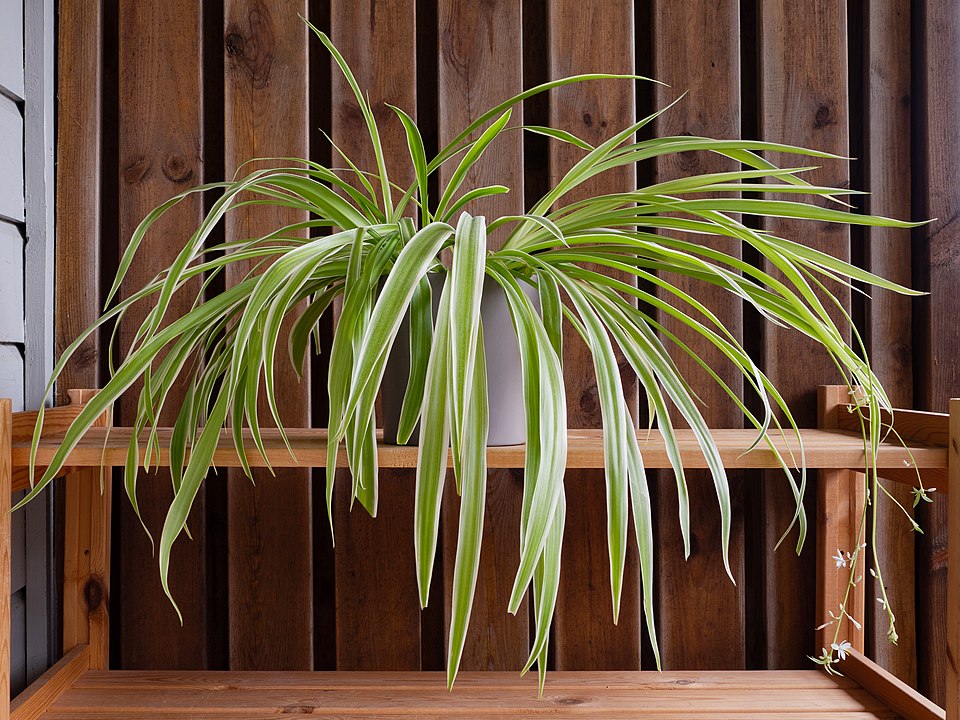
Spider plants are an excellent choice for city apartments because they are easy to care for and adapt to various lighting conditions. Their long, arching leaves create an attractive, hanging display, making them ideal for shelves, windowsills, or hanging planters. Spider plants thrive in indirect light and are relatively tolerant of lower light levels, making them perfect for apartments that might not get a lot of natural sunlight.
They are also known for being great air purifiers, absorbing carbon monoxide and formaldehyde, which can be common indoor pollutants. Their ability to tolerate neglect makes them beginner-friendly. Spider plants require occasional watering, and they grow quickly, producing small white flowers and baby plantlets that can be propagated. This resilient plant can easily add a bit of greenery to your apartment while improving air quality.
Snake Plant
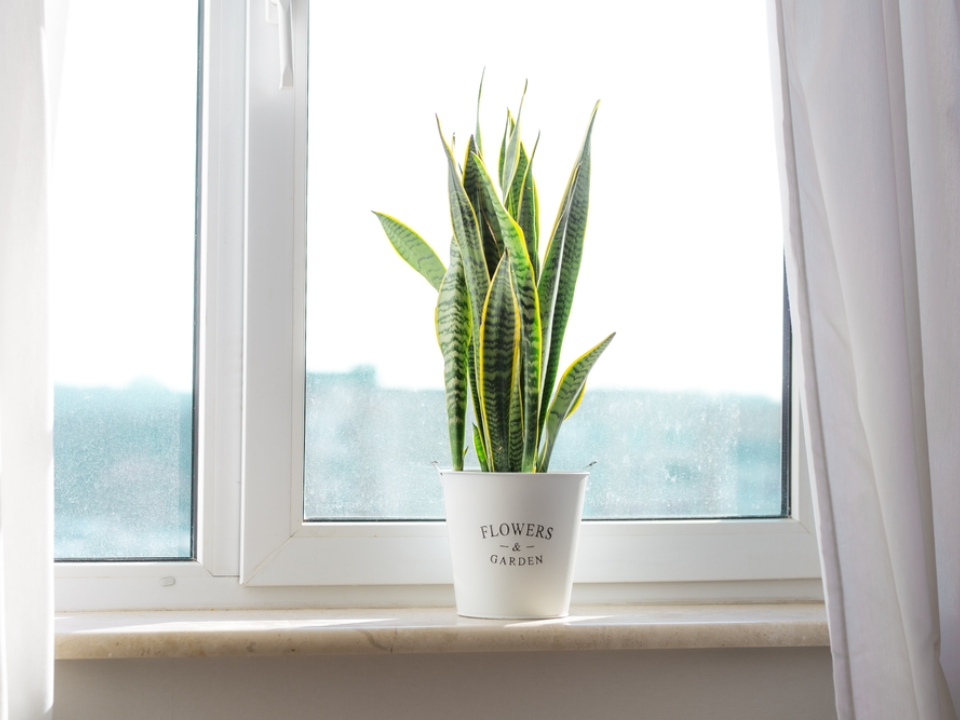
Snake plants, also known as mother-in-law’s tongue, are a popular choice for apartment dwellers. They are incredibly low-maintenance and can thrive in a variety of lighting conditions, including low light. These plants have tall, upright leaves that are green with yellow edges, adding a sleek, modern look to any room.
Snake plants are also highly effective at purifying the air, particularly at night, when they release oxygen. They do not require frequent watering, making them ideal for people who are often away or too busy to care for plants regularly. With proper care, snake plants can grow to be quite large and make a striking addition to any apartment space. Their ability to survive in lower light conditions makes them perfect for city apartments that may not have access to abundant natural sunlight.
ZZ Plant
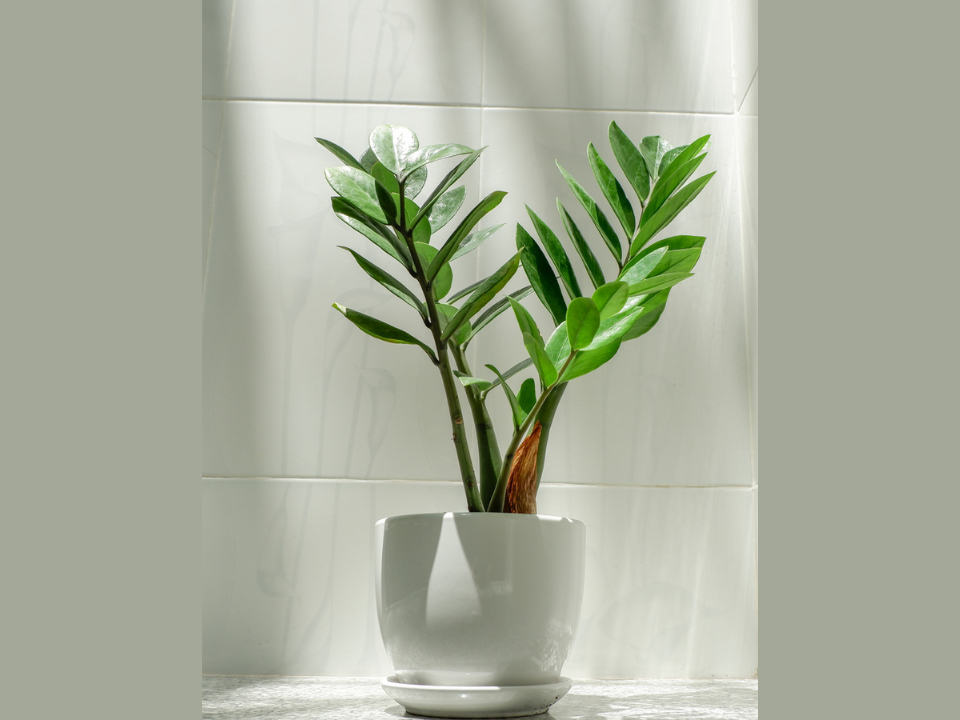
The ZZ plant is another great option for those living in city apartments. With its glossy, dark green leaves and unique appearance, the ZZ plant adds a touch of elegance to any room. It thrives in low light conditions and can survive with minimal watering, making it perfect for people who are new to plant care or have busy lifestyles.
ZZ plants are drought-tolerant and can go for long periods without needing water, as they store moisture in their thick stems. They are also known for their air-purifying qualities, helping to remove toxins from the air. Despite their hardiness, they look lush and vibrant, adding a tropical feel to urban spaces. The ZZ plant’s ability to thrive in various lighting conditions and minimal care makes it an excellent choice for city apartments.
Pothos
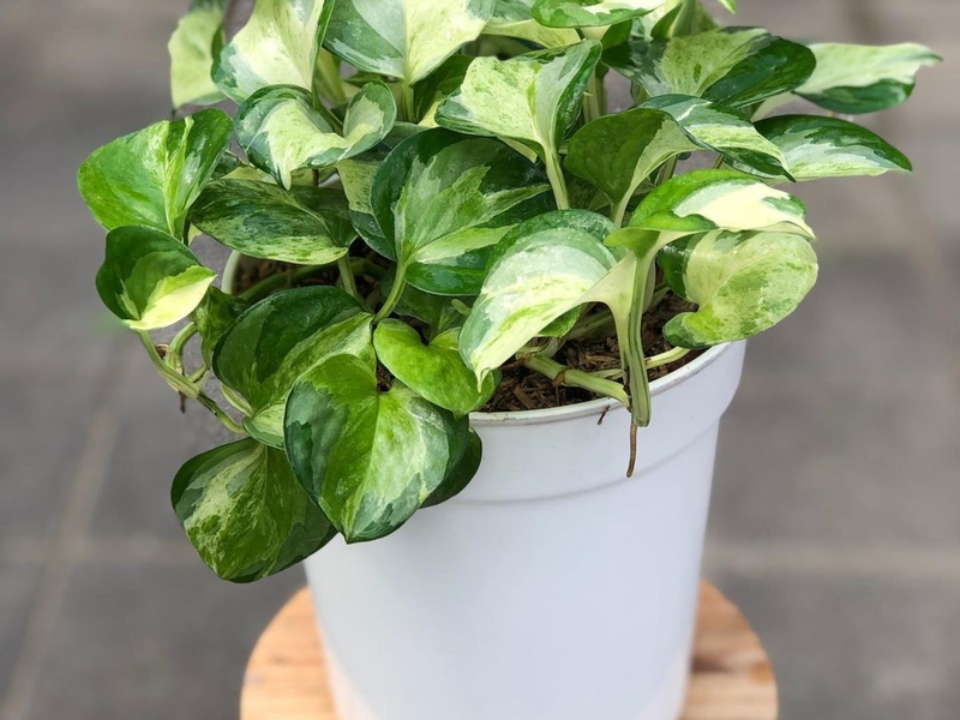
Pothos, also known as devil’s ivy, is a hardy and versatile indoor plant that’s perfect for small spaces like city apartments. Pothos plants have trailing vines with heart-shaped leaves that can range from solid green to variegated with yellow, white, or cream. Their ability to thrive in low light and high humidity makes them a great option for almost any indoor environment.
They are also known for being extremely low-maintenance, requiring only occasional watering and light pruning to keep them tidy. Pothos plants can be placed in hanging baskets or allowed to cascade down shelves or bookshelves, making them an excellent choice for decorating vertical spaces. Their air-purifying qualities further add to their appeal. Pothos can grow rapidly, so be prepared to trim it back if it starts taking over your apartment.
Peace Lily

The peace lily is a popular choice for city apartments due to its attractive white blooms and air-purifying properties. Peace lilies thrive in medium to low light, making them perfect for spaces with minimal sunlight. They have large, dark green leaves and produce elegant white flowers, which can last for weeks, adding a touch of sophistication to any room.
These plants are particularly beneficial for apartment dwellers because they help remove common indoor toxins, including ammonia and benzene. Peace lilies also prefer a humid environment, which is often the case in modern city apartments. They are easy to care for and require only regular watering and occasional misting to keep them looking their best. Their elegant appearance and air-purifying qualities make them a great addition to any home.
Aloe Vera
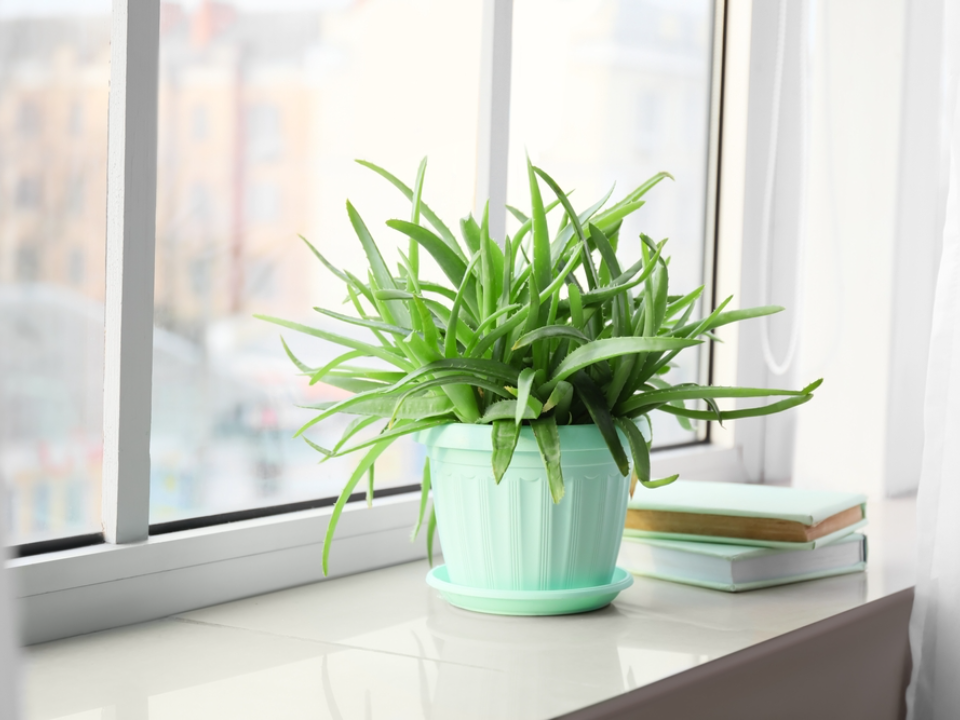
Aloe vera is a versatile and useful plant that thrives in city apartments with plenty of sunlight. Known for its healing properties, aloe vera is often used for soothing burns and skin irritations. This succulent plant has thick, fleshy leaves that store water, making it highly drought-resistant and easy to maintain.
Aloe vera prefers bright, indirect light and should be watered sparingly, as it is prone to root rot if overwatered. It is a great choice for people looking for a plant that does not require constant attention. Besides its practical uses, aloe vera’s simple, clean design fits perfectly into modern apartment decor. Its low-maintenance nature makes it ideal for busy city dwellers who want a plant that can thrive without much effort.
Lavender
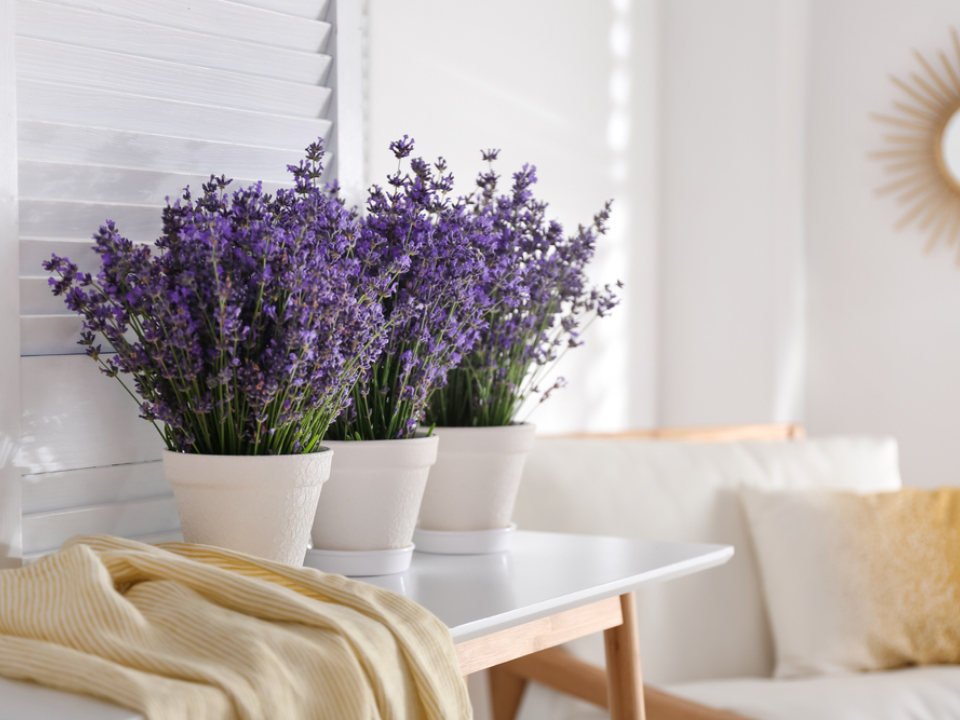
Lavender is a fragrant and calming herb that grows well in city apartments with good light. Known for its soothing scent, lavender can add a pleasant aroma to your living space while also serving as a decorative plant. It prefers bright, direct sunlight, so placing it near a south-facing window can help it thrive.
While lavender does require more attention than some other indoor plants, it is still relatively easy to grow in an apartment. It requires well-draining soil and should be watered sparingly, as it does not like being overwatered. Lavender can be used in cooking, teas, or even in homemade beauty products. Its calming fragrance can help reduce stress, making it an excellent plant for any living space.
Rubber Plant
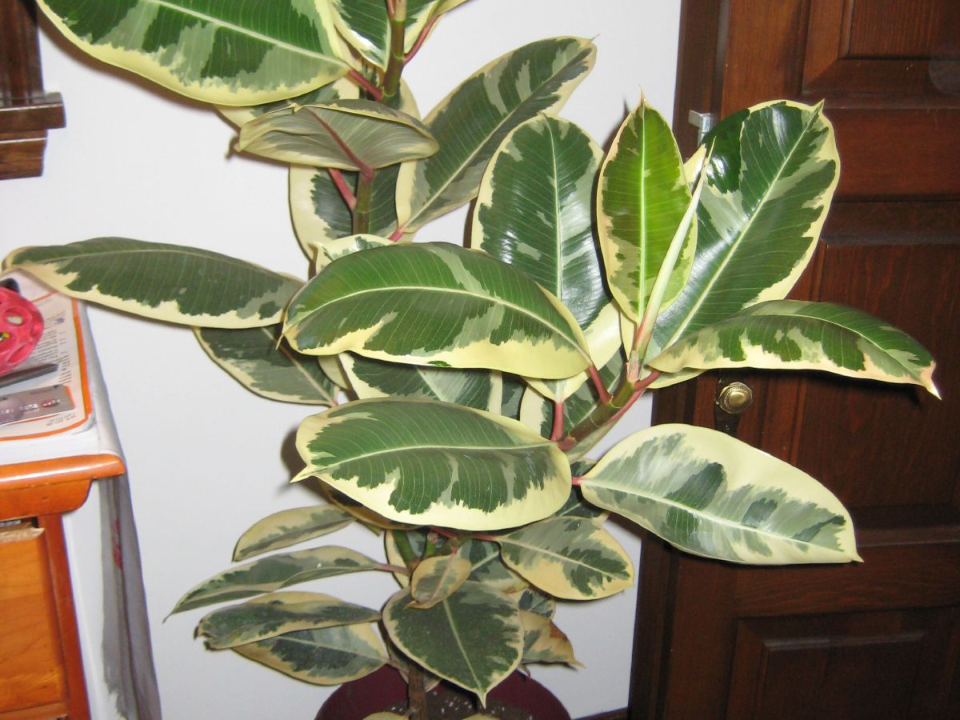
The rubber plant is a popular indoor plant that is well-suited for city apartments due to its large, glossy leaves and easy care requirements. Rubber plants thrive in bright, indirect light but can tolerate some lower light conditions. With its dark green leaves and bold growth habit, the rubber plant adds a touch of sophistication and greenery to any room.
These plants are also relatively low-maintenance and only need to be watered when the top inch of soil feels dry. Rubber plants grow quickly and can reach impressive heights, making them a statement piece in larger apartments. Their air-purifying qualities make them beneficial for indoor spaces, as they can help reduce airborne toxins. The rubber plant’s unique appearance and simple care requirements make it a great choice for apartment living.
Chinese Evergreen
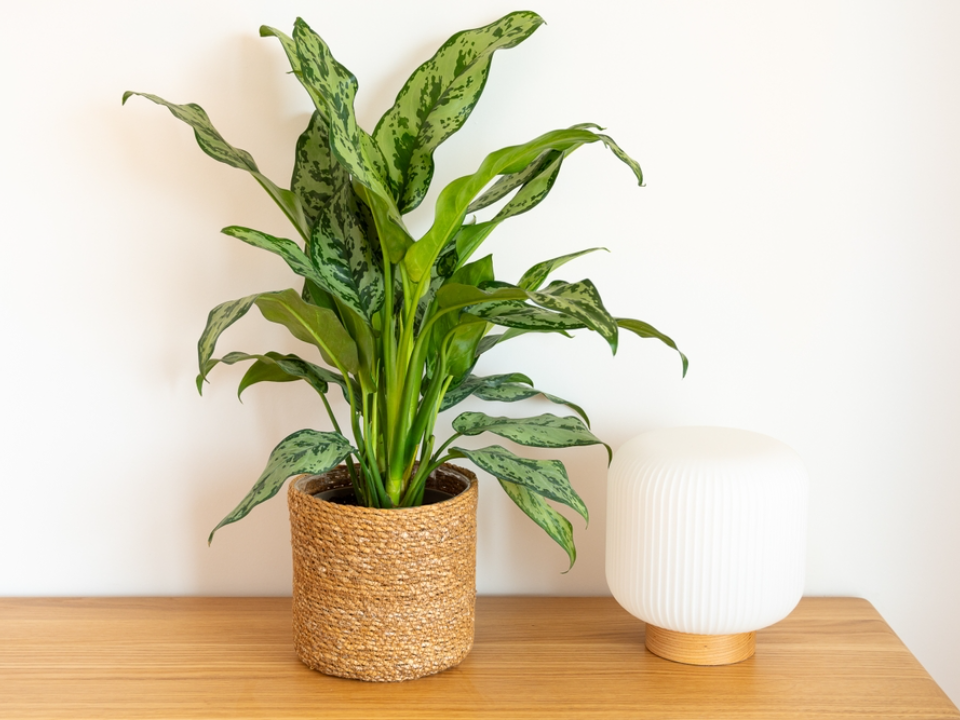
Chinese evergreen plants are well-suited for apartment living due to their tolerance for low light and minimal care. These plants have attractive, variegated leaves with shades of green, silver, and sometimes red, making them a visually appealing addition to any room. Chinese evergreens thrive in areas with indirect light and can adapt to various conditions.
They are easy to care for, needing only occasional watering and light fertilization. Chinese evergreens can also tolerate varying humidity levels, making them a good choice for city apartments with fluctuating indoor conditions. In addition to their aesthetic appeal, they are known for their ability to filter out harmful chemicals in the air. This hardy plant is a great option for those looking for a low-maintenance, decorative addition to their home.
Fiddle Leaf Fig
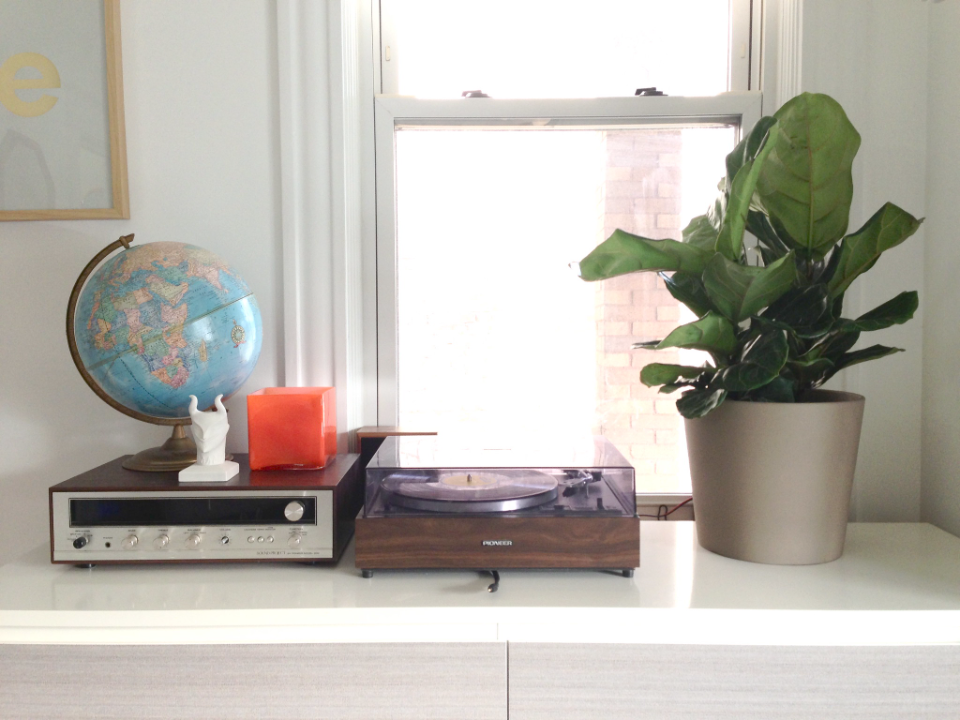
The fiddle leaf fig is a trendy plant known for its large, violin-shaped leaves. It’s become increasingly popular in city apartments due to its dramatic look and impressive size. Fiddle leaf figs prefer bright, indirect light and can be placed near windows where they can receive ample light without being exposed to harsh rays.
Although fiddle leaf figs require a bit more care than some other plants, they are still manageable for most people. They need regular watering and occasional pruning to maintain their shape. With its large, glossy leaves, the fiddle leaf fig adds a bold, tropical feel to any room. It’s perfect for individuals who want a statement plant that’s both beautiful and easy to care for in a city apartment.
Jade Plant
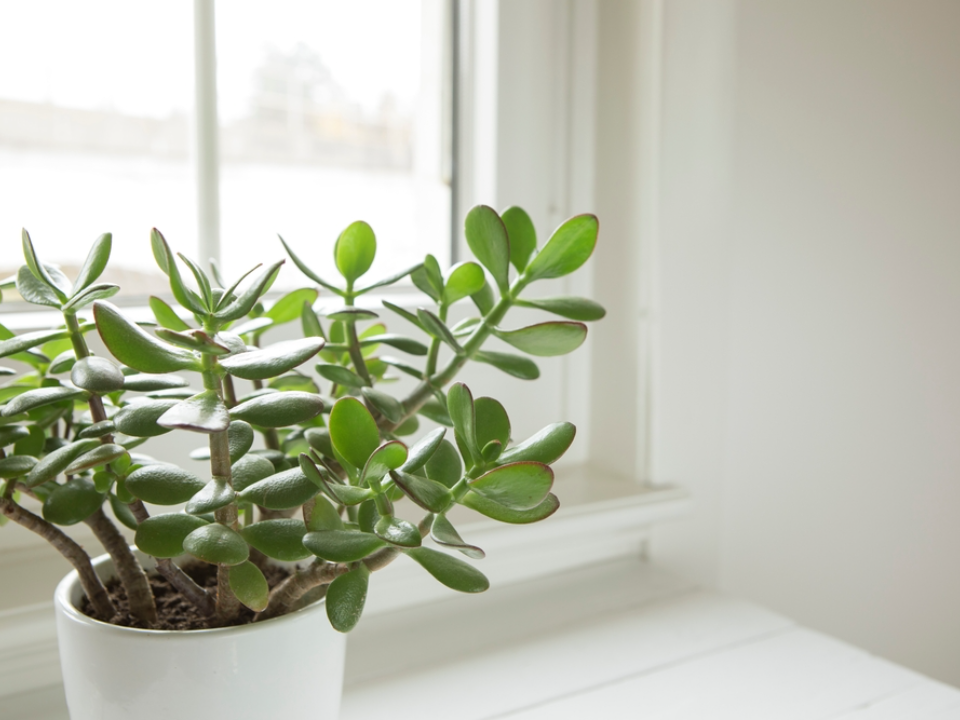
The jade plant is a popular succulent known for its thick, fleshy leaves and tree-like appearance. It’s well-suited for apartment living because it requires minimal care and thrives in bright, indirect light. Jade plants can tolerate periods of drought, as they store water in their leaves, making them perfect for individuals with busy schedules.
These plants need very little watering, typically only when the soil is completely dry. Jade plants grow slowly and can live for many years, often becoming larger over time. They are also believed to bring good luck, which adds to their appeal for apartment dwellers. With its simple care requirements and attractive appearance, the jade plant is an excellent choice for urban living spaces.
Bamboo Palm
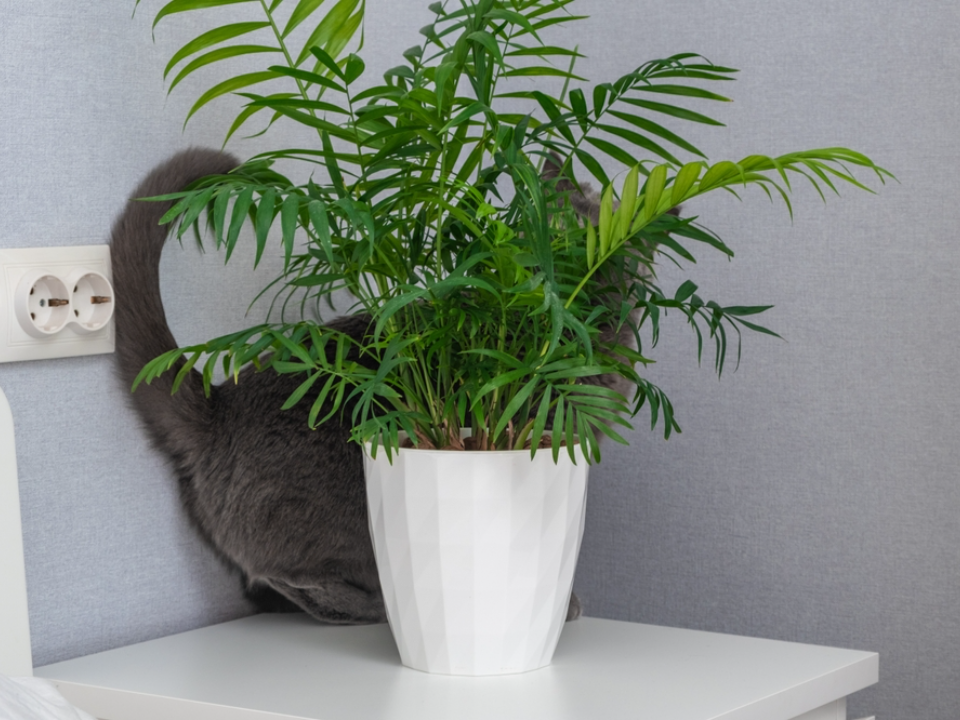
Bamboo palms are another excellent choice for apartment living. These plants thrive in low to moderate light and add a tropical touch to any indoor space. Bamboo palms have long, feathery fronds that create a lush, green display, making them perfect for adding a touch of nature to your apartment.
Bamboo palms are also known for their ability to purify the air by removing toxins such as formaldehyde and benzene. They require regular watering but prefer to dry out slightly between waterings. Their ability to tolerate low light and their impressive appearance make them a great option for city apartments. Bamboo palms can grow to be quite large, providing a striking focal point in your home.
String of Pearls
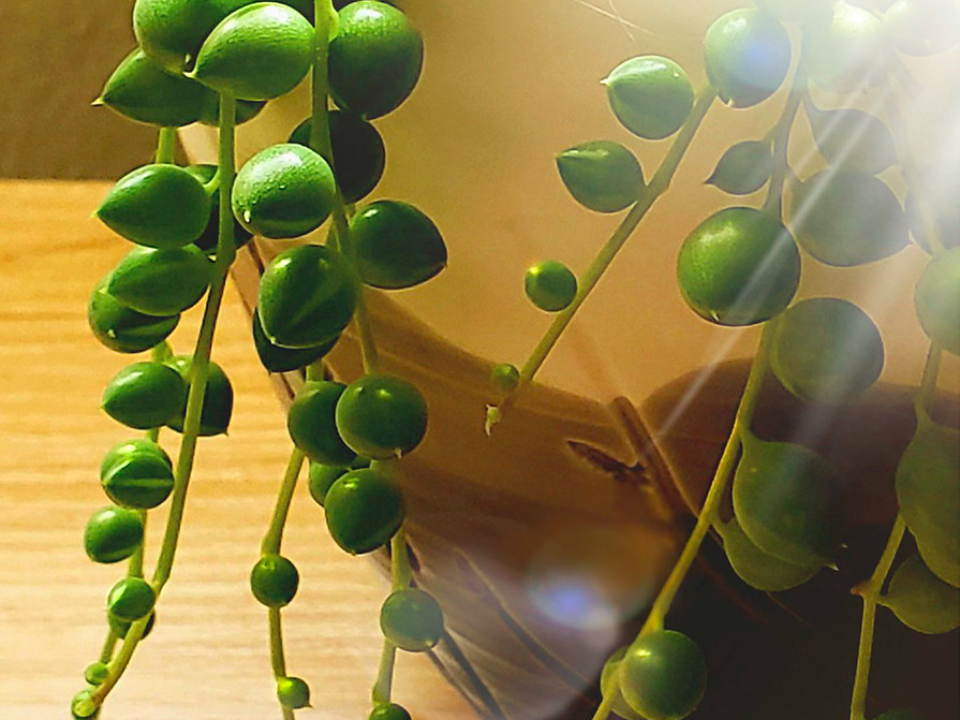
The string of pearls is a unique succulent that adds an elegant and minimalist touch to any apartment. With its trailing strands of small, round leaves resembling pearls, this plant is perfect for hanging baskets or shelves where its vines can cascade down. String of pearls thrives in bright, indirect light and is quite drought-tolerant, making it a low-maintenance choice for busy individuals.
This plant is perfect for those who want to add a bit of greenery without spending much time on plant care. String of pearls only needs occasional watering and should be allowed to dry out between waterings. It is also easy to propagate, so you can create new plants from the original one. This plant’s distinctive appearance and simple care requirements make it an ideal choice for apartment dwellers.
Ficus Tree
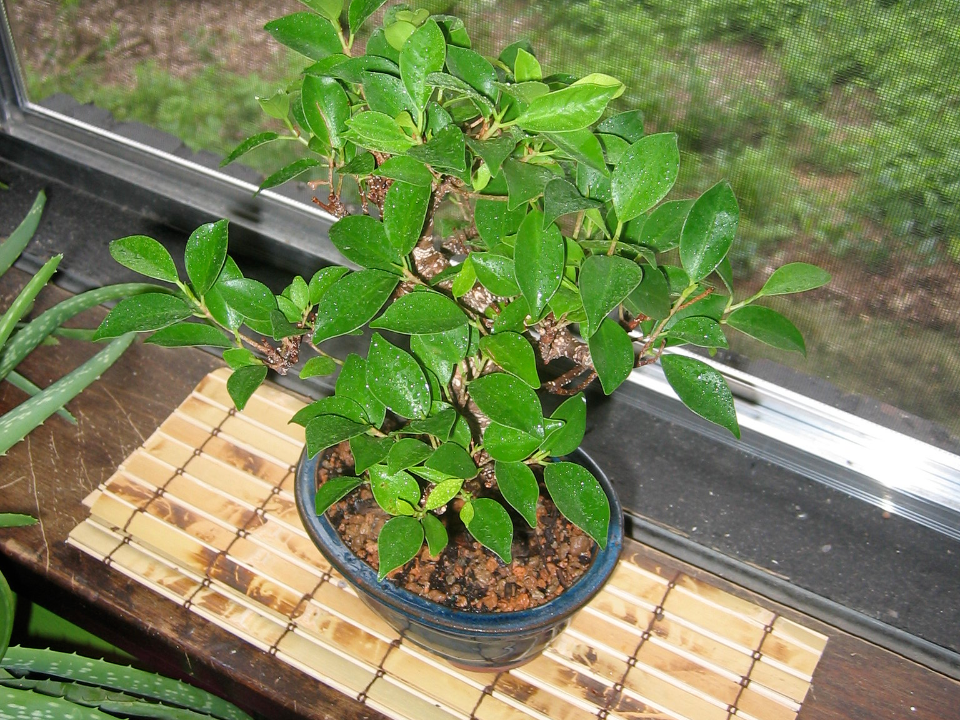
Ficus trees are popular indoor plants that can grow quite large, making them perfect for spacious apartments. They prefer bright, indirect light and require regular watering, though they are relatively low-maintenance compared to other large plants. Ficus trees have large, glossy leaves that can add an elegant, tropical feel to your home.
They grow best when placed in a sunny spot but can adapt to lower light conditions. Regular pruning can help keep their size manageable, making them a good option for city apartments with limited space. Ficus trees are also known for their air-purifying qualities, which can help improve indoor air quality. Their bold presence and relatively easy care make them a popular choice for apartment living.
English Ivy
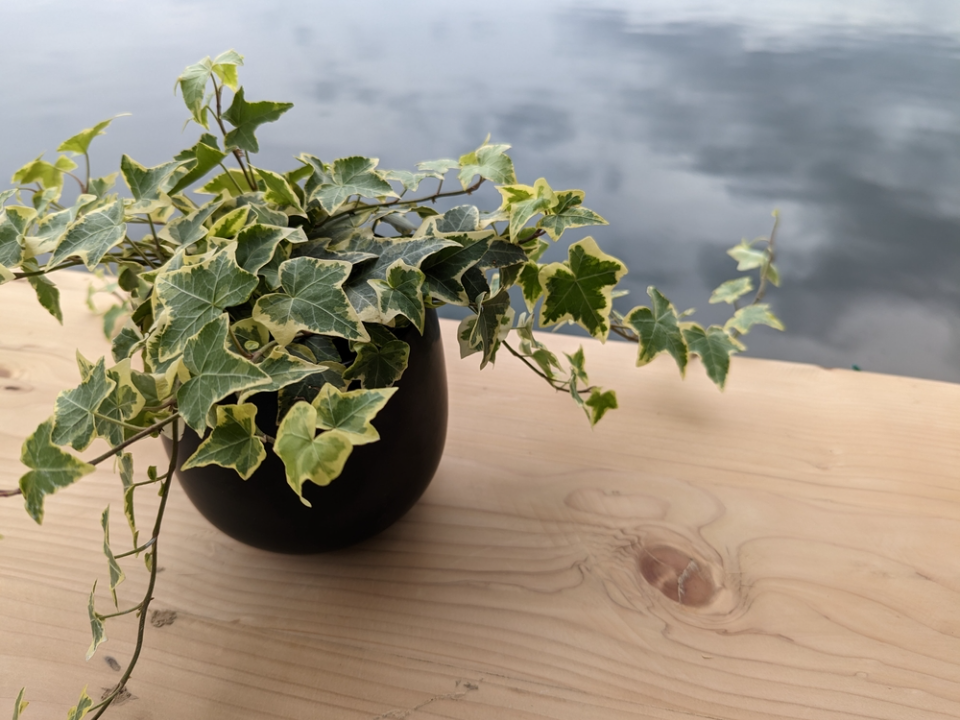
English ivy is an attractive, fast-growing plant that is ideal for city apartments. It can be grown as a hanging plant or allowed to trail down shelves, creating a lush, green effect. English ivy thrives in bright, indirect light and can also tolerate some lower light conditions.
This plant is perfect for adding greenery to vertical spaces or hard-to-reach areas. It requires occasional watering and occasional pruning to keep it under control. English ivy is also effective at filtering out airborne toxins, making it a practical choice for apartment dwellers. With its quick growth and minimal care requirements, English ivy is a great way to introduce greenery into your home.
Cactus
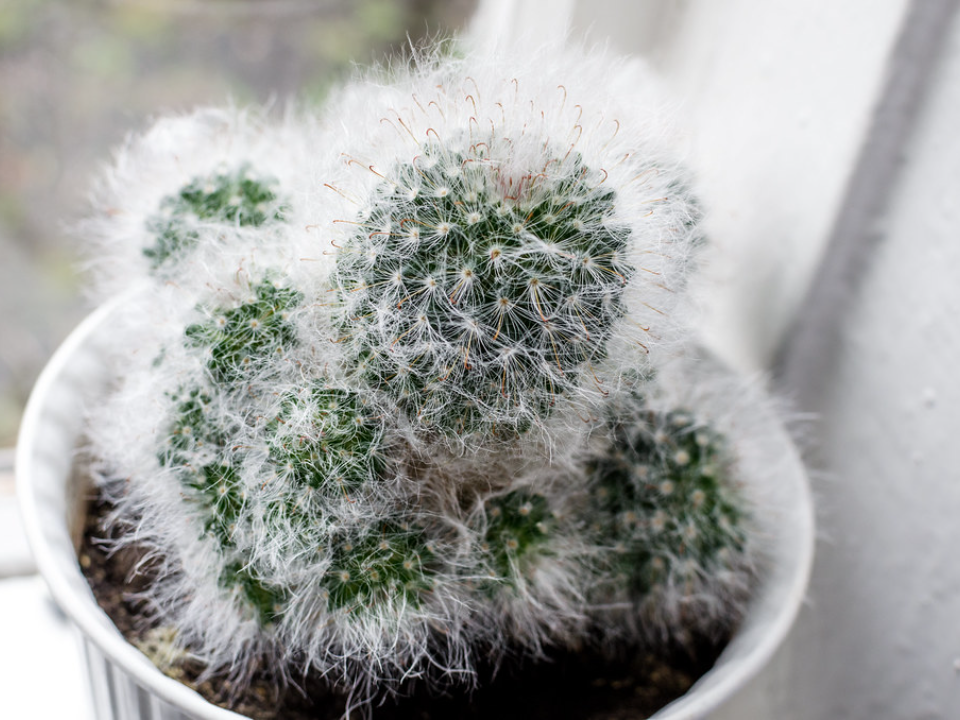
Cacti are a fantastic option for apartment dwellers who want a plant that requires very little attention. These plants are perfect for bright, sunny windowsills where they can soak up the sunlight. Cacti come in many different shapes and sizes, making it easy to find one that fits your apartment’s aesthetic.
Because cacti are succulents, they require minimal watering, often only once every few weeks. They store water in their thick, fleshy stems, allowing them to survive long periods without moisture. Cacti are incredibly low-maintenance, making them ideal for people with busy schedules. With their unique appearance and simple care needs, cacti are an excellent choice for city apartments.
Parlor Palm
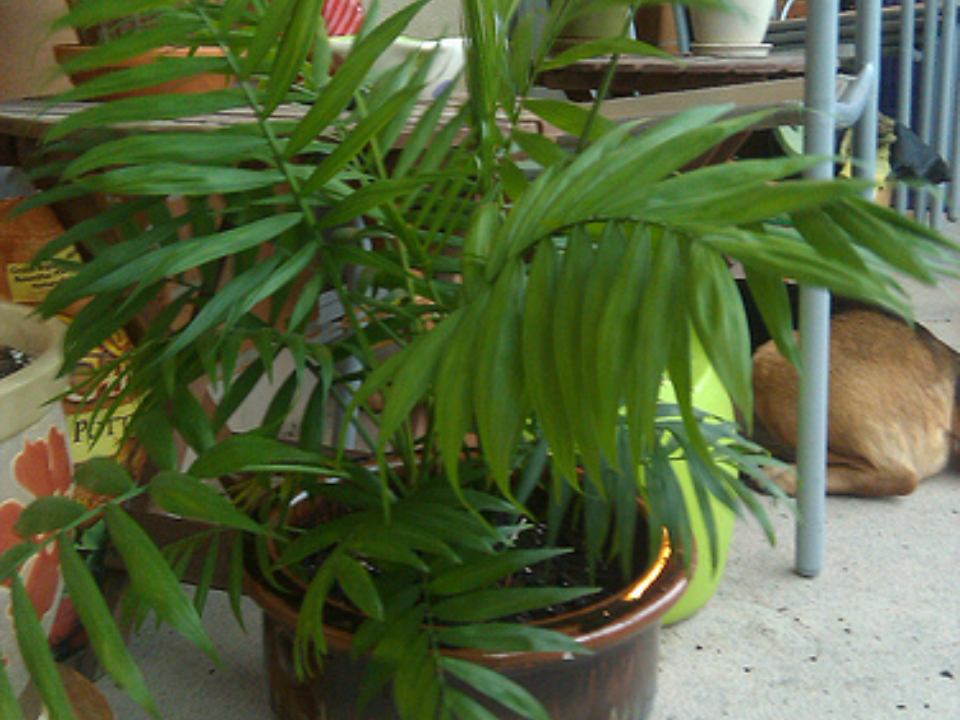
Parlor palms are a classic choice for apartment living due to their elegant, arching fronds and tolerance for low light. These plants do well in shaded areas and can thrive with only occasional watering. Parlor palms are ideal for smaller apartments where natural light might be limited.
Their low-maintenance nature and air-purifying abilities make them a practical and attractive addition to your home. Parlor palms can grow to be several feet tall, making them an eye-catching feature in any room. Despite their delicate appearance, they are hardy and can withstand periods of neglect, making them a great choice for busy city dwellers.
Dracaena
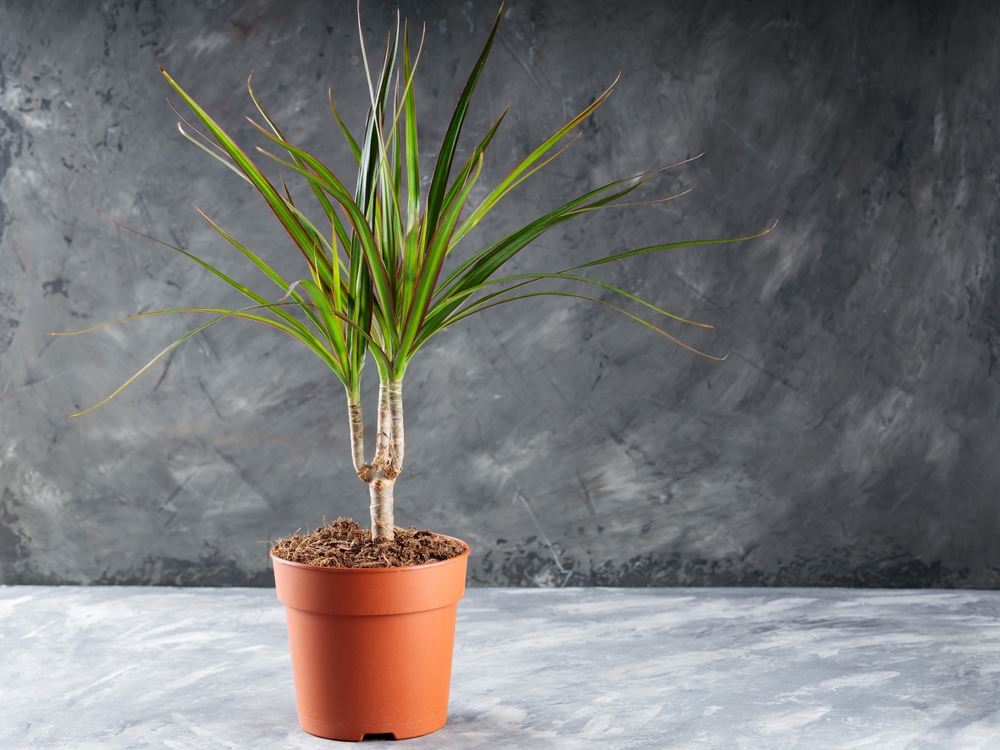
Dracaena is a hardy and adaptable plant that can thrive in city apartments with moderate lighting. It has long, slender leaves that can vary in color from green to variegated yellow or red. Dracaena plants are easy to care for, requiring only occasional watering and fertilization.
These plants are well-suited for low to medium light conditions, making them ideal for apartments that do not receive direct sunlight. Dracaenas can grow quite large, but they can also be pruned to maintain a manageable size. They are also known for their air-purifying qualities, which can help improve indoor air quality. Dracaena’s versatility and simple care needs make it a popular choice for apartment dwellers.
African Violet
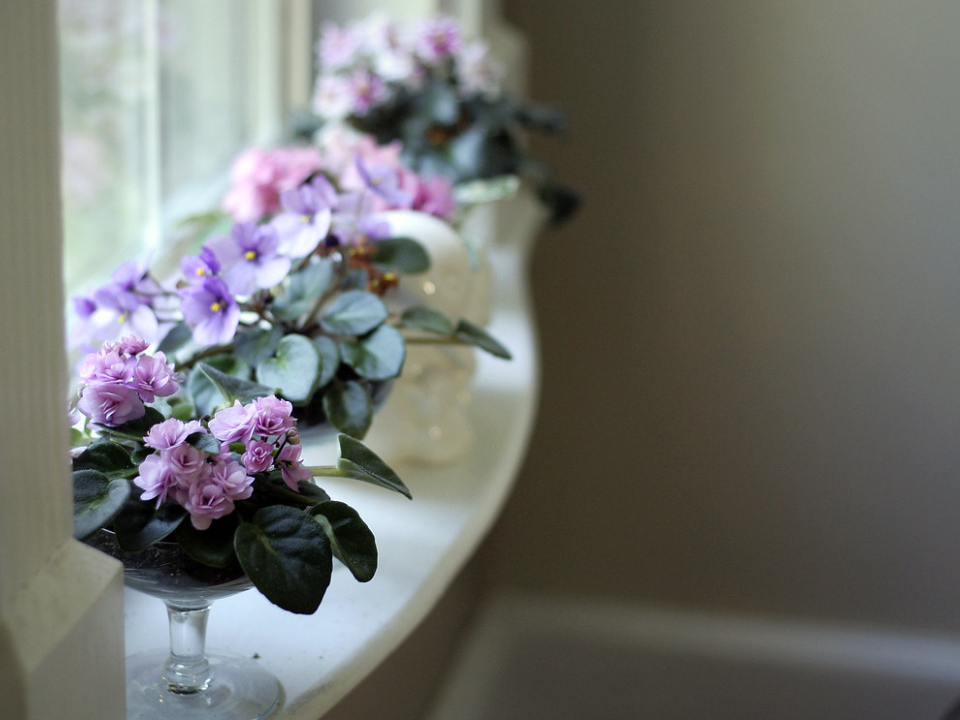
African violets are small, flowering plants that are perfect for apartment living. They thrive in bright, indirect light and prefer slightly moist soil. These plants are known for their beautiful, colorful flowers, which can range from purple to pink to white.
African violets do not need frequent watering, but they do require regular feeding to keep them blooming throughout the year. They are well-suited for small spaces like windowsills or tabletops, where they can brighten up a room with their vibrant flowers. These plants are also quite adaptable to various indoor conditions, making them a great choice for city apartments. With their easy care and colorful blooms, African violets make a lovely addition to any apartment.
Calathea
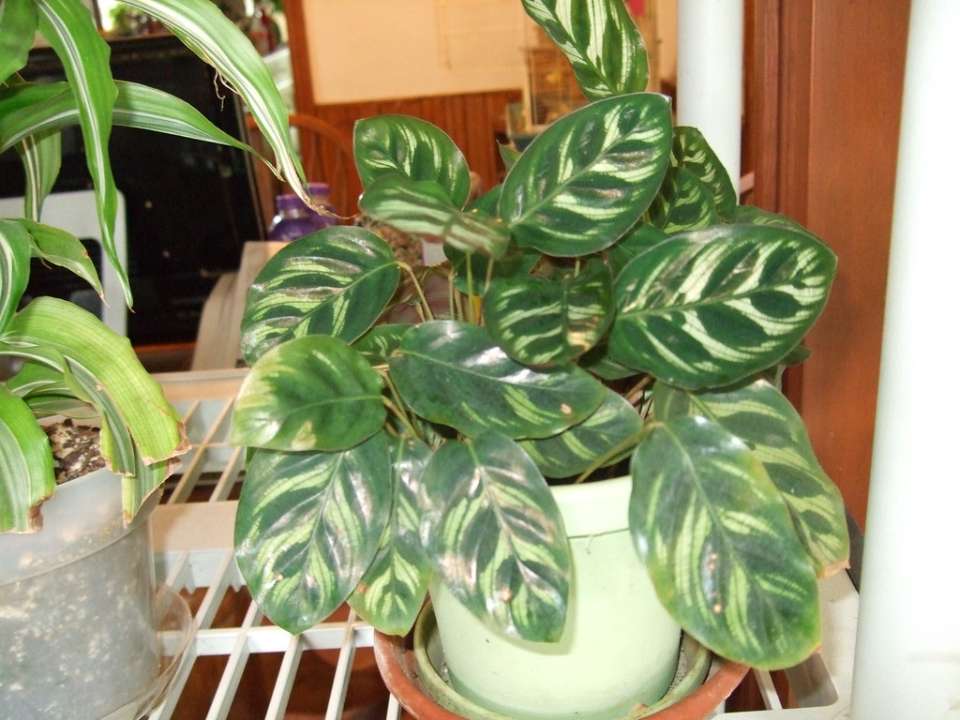
Calathea plants are known for their stunning, patterned leaves that add a touch of drama to any room. They thrive in low to medium light and prefer slightly humid environments, making them perfect for apartments with controlled indoor conditions. Their intricate leaf patterns and vibrant colors make them an attractive addition to any indoor space.
Calatheas are relatively easy to care for, needing only regular watering and occasional misting to keep their leaves vibrant. These plants are known for their air-purifying abilities, helping to cleanse the air in your apartment. With their striking foliage and simple care needs, calatheas are an excellent choice for anyone looking to add a touch of elegance to their apartment.
This article originally appeared on Avocadu.
